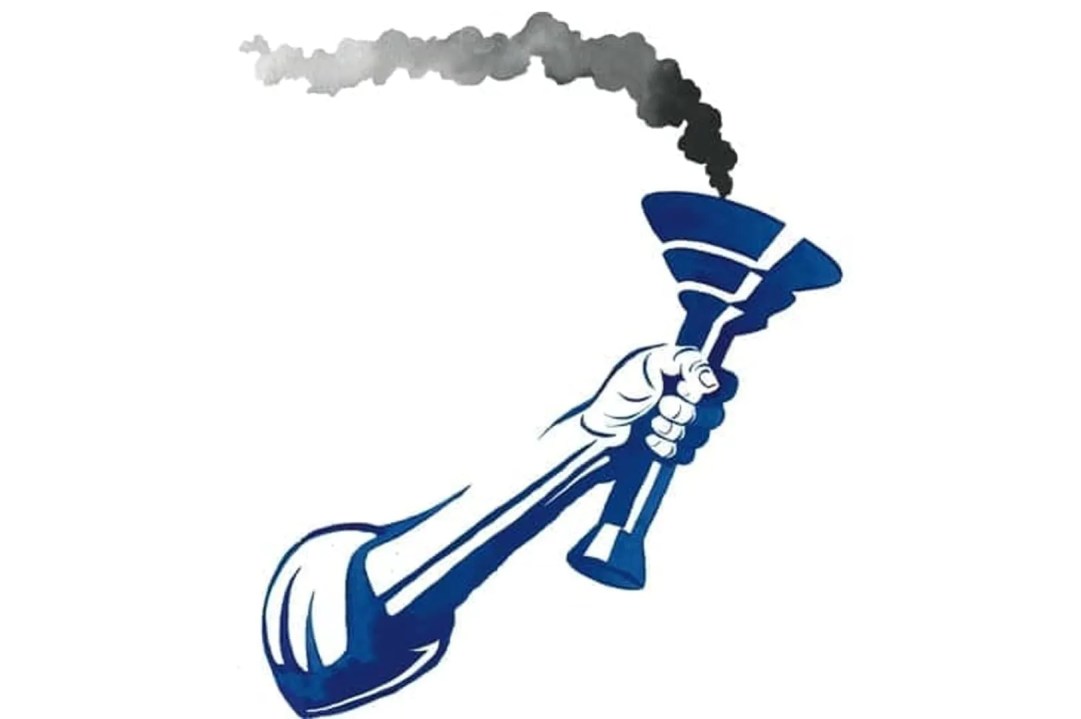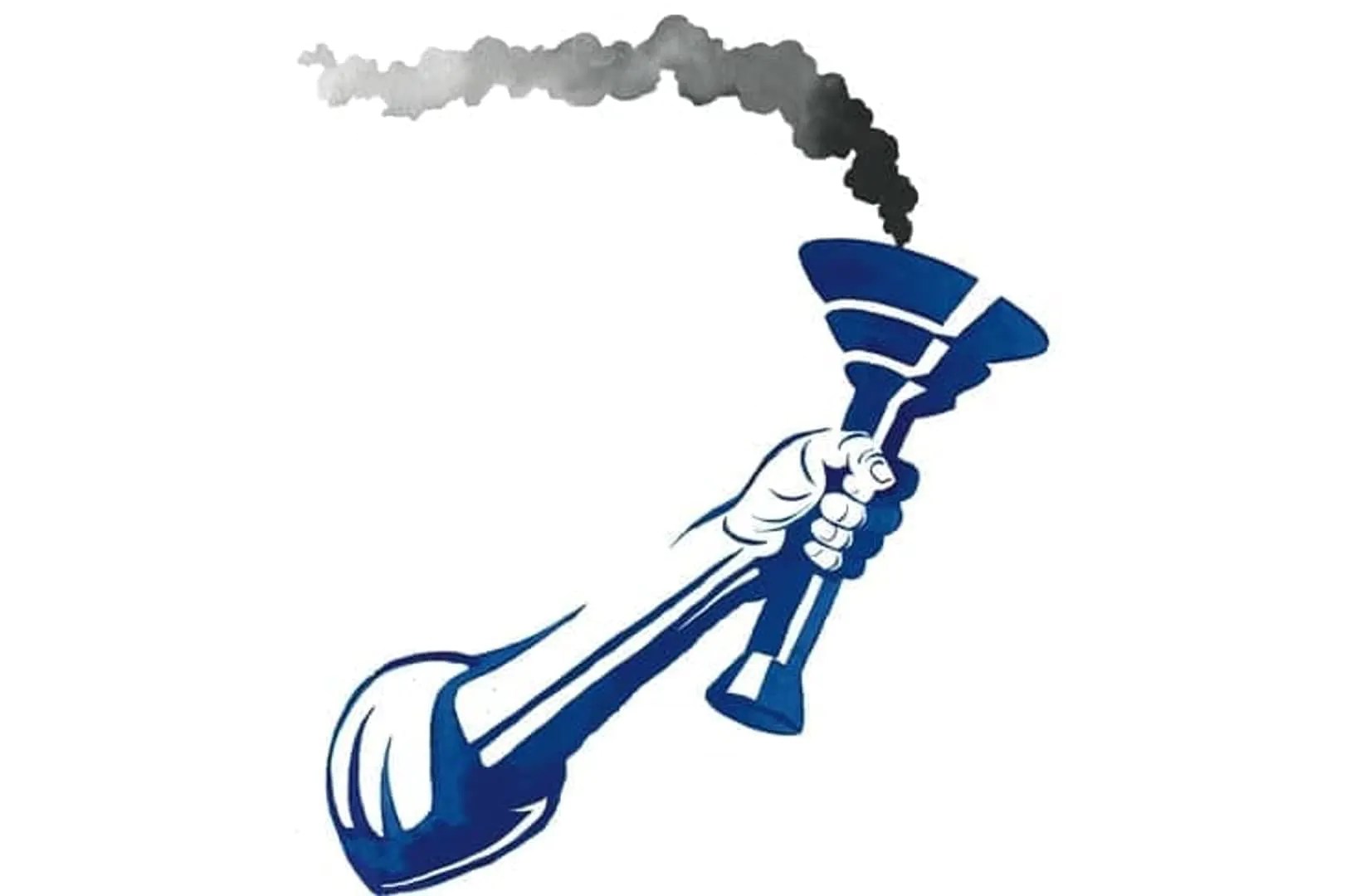After 12 years in Downing Street, four prime ministers (so far), two monarchs, and one mini-budget, the public are starting to drop hints that it’s time for Tories to head home. As Conservative conference kicks off, it’s as good a time as any to take stock: what do the Tories have to show for their many years in office? The truth is that the party’s legacy amounts to little, but it has done one thing well: keeping Labour out of power. This is hardly something to boast about.
The 2010 Conservative manifesto opened with the declaration that ‘our economy is overwhelmed by debt’. The public finances would dominate David Cameron’s first term in office, but weren’t the only item on the agenda. Cameron claimed his priorities were spelled out ‘in three letters: NHS’. Britain would move from ‘big government to Big Society’, cut crime, and reduce net migration to ‘tens of thousands a year’.
By the 2015 election, the deficit as a share of GDP was expected to have halved, but was still twice as high as the aim set in 2010. National debt kept rising, from 75 per cent of GDP to 87 per cent, and in 2013 the UK lost its AAA credit rating. Meanwhile, the economy stagnated. In the 57 years before the financial crisis, the British economy grew 2.8 per cent per year. In the period since, its growth rate halved.
The party has spent 12 years running on the spot
As cuts started to bite, police numbers were cut drastically. Some 16,000 officers left the force between 2010 and 2015. In the NHS, A&E waiting times started to creep up, with the percentage of patients waiting less than four hours dropping well below the 95 per cent target. The ‘Big Society’ agenda, launched to much fanfare, slowly dropped away; by 2015, commentators were noting that Cameron hadn’t used the term in public for two years. Far from falling to the tens of thousands, net migration to the UK rose to an all-time high of 331,000 in the year before the 2015 election.
Following his unexpected victory, Cameron was finally able to pursue his agenda unhindered. This began with the introduction of the ‘triple lock’ on pensions, and the pledge of a new ‘golden era’ in ties with China, symbolised by sinking pints in a pub with Xi Jinping. Spending cuts continued, and another 3,000 police officers left the streets. What would have followed this remains unknown; having come out on the winning side of two referendums, Cameron gambled again with Brexit and lost.
This implosion set the stage for Theresa May, whose first act of note was to trigger Article 50 putting the UK’s departure from the European Union into motion. Her second was to call a snap election, hoping to strengthen her hand in Parliament as negotiations proceeded. This gambit failed miserably, as the Conservative party lost its overall majority.
NHS performance continued to deteriorate, immigration remained high, but debt to GDP ratios finally began to fall as the deficit continued to shrink, prompting May to remark in 2018 that Austerity was finally ‘over’. However, just as Cameron was brought down by Europe, May’s government too collapsed as backbenchers killed her Brexit deal.
With May’s departure, Boris Johnson had finally achieved his goal of becoming prime minister. In 2019, he won a massive majority and rammed a Brexit agreement through parliament, elements of which his own government would subsequently begin attempting to undo. His period in office was then almost immediately derailed by the Covid-19 pandemic and the war in Ukraine, ending eventually in scandal amid sky high inflation.
Away from the pandemic-induced recession, the biggest story of the Johnson government was the marked deterioration in NHS performance as ambulance wait times blew past targets, 30 per cent of A&E patients were left waiting four or more hours for treatment, 12 hour trolley waits reached 35,000 per month, and waiting lists shot up. Some 12,000 police officers were hired, beginning the long process of undoing the previous government cuts.
Once Boris self-destructed, Liz Truss was installed in Number 10, bringing with her a massive energy bail out in the form of a price cap, promises to look at increasing immigration, deep scepticism on China, and huge market-spooking tax cuts.
So as the party conference begins, what do the Tories have to show for 12 years in office? Brutal cuts were made to public services, and then partially reversed. NHS performance has steadily deteriorated. A rapprochement with China was attempted, dropped, and replaced with a newly hawkish approach. The tax burden grew even as the debt reached new heights. Cuts to immigration were pledged, ignored, abandoned, and eventually replaced by promises to increase it. Brexit was finally achieved, at the cost of significant disruption to Northern Ireland’s place in the Union.
The party achieved political realignment, becoming the natural home of pensioners at the cost of alienating young people, put off by tuition fee increases and spiralling housing costs. Years of emphasising the deficit and debt as the most important issues for the government were tossed aside the moment it was convenient to do so. In 2010, the Conservative manifesto promised to set up an independent Office for Budget Responsibility ‘to ensure that no Labour government can ever attempt to bankrupt our public finances again’. The less said about that, the better.
So as the Conservative party reflects on its time in power, its legacy is clear: the party has spent 12 years running on the spot, engaged in nothing more than the noble game of keeping Labour out of office, and the occasional spot of decline management. With an extended period in the wilderness beckoning, can any of its members genuinely look back and say that the political outcomes of the last 12 years reflect the undoubted electoral triumphs won?








Comments